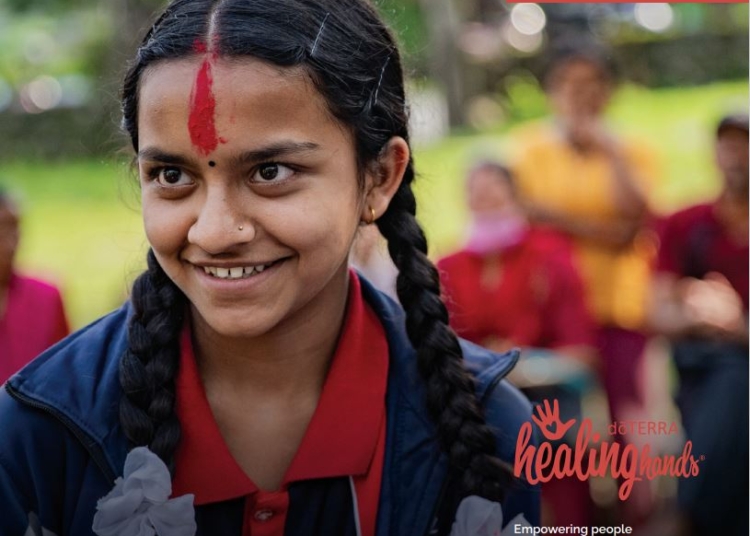Physical injuries can have a significant impact on individuals’ lives, and physical rehabilitation is crucial in helping them recover and regain their independence. However, many people do not have access to the resources needed for such rehabilitation. Charitable foundations dedicated to healing warriors have stepped in to fill this gap and provide support for physical rehabilitation. These foundations provide funding, forge partnerships with healthcare institutions, invest in technological advancements, raise awareness, and share success stories. Their efforts are transforming lives and ensuring that physical rehabilitation is accessible to all. Together, these foundations are paving the way for a brighter future.
Healing Warriors: Charitable Foundations Paving the Way for Physical Rehabilitation
Introduction:
Physical injuries, whether caused by accidents, military combat, or sports, can have a profound impact on an individual’s life. These injuries often require extensive rehabilitation to regain strength, mobility, and overall physical well-being. Unfortunately, many individuals do not have access to the resources needed for such rehabilitation. Charitable foundations dedicated to healing warriors have stepped in to fill this gap, providing crucial support and paving the way for physical rehabilitation.
Heading 1: The Importance of Physical Rehabilitation
Physical rehabilitation plays a vital role in helping individuals recover from injuries and regain their independence. It focuses on improving limb function, reducing pain, and enhancing overall physical well-being. Rehabilitation programs are tailored to each individual’s needs, incorporating techniques such as physical therapy, occupational therapy, and assistive technologies. However, these programs can often be expensive and time-consuming, making them inaccessible to many individuals.
Heading 2: Charitable Foundations: The Catalyst for Change
Charitable foundations, fueled by their dedication to helping those in need, have recognized the importance of physical rehabilitation and have taken significant steps to advance this cause. These foundations provide financial support, resources, and expertise to ensure that individuals who require physical rehabilitation can access the necessary services.
Heading 3: The Role of Charitable Foundations in Rehabilitation Funding
One of the primary ways charitable foundations support physical rehabilitation is by providing funding. These foundations raise money through various means, such as grants, donations, and fundraising events. The funds obtained are then allocated to cover the costs associated with physical rehabilitation programs, including therapy sessions, equipment, and transportation.
Heading 4: Collaborations and Partnerships
Charitable foundations also forge partnerships with healthcare institutions, professional organizations, and rehabilitation facilities. These collaborations help ensure that individuals have access to high-quality rehabilitation services. By working together, these entities can streamline processes, improve efficiency, and create a more comprehensive rehabilitation experience.
Heading 5: Advancements in Technology
Another way charitable foundations contribute to physical rehabilitation is by investing in technological advancements. In recent years, there have been remarkable developments in assistive technologies, prosthetics, and mobility aids, significantly improving the rehabilitation journey for individuals with physical injuries. Charitable foundations fund research and development projects, leading to innovative solutions that aid in the rehabilitation process.
Heading 6: Raising Awareness and Removing Stigma
Charitable foundations play a crucial role in raising public awareness about the importance of physical rehabilitation, particularly for injured warriors. They actively advocate for the rights and needs of these individuals, working towards eliminating the stigma that can often be associated with physical injuries. By shedding light on the challenges faced by those in need of physical rehabilitation, these foundations strive to create a more inclusive and understanding society.
Heading 7: Case Studies and Success Stories
Charitable foundations have countless success stories that highlight the profound impact of their support on individuals’ lives. These stories range from veterans regaining their ability to walk to accident survivors reclaiming their independence. By sharing these success stories, foundations inspire others to seek assistance and demonstrate the transformative power of physical rehabilitation.
Conclusion:
Healing warriors through physical rehabilitation would not be possible without the tireless efforts of charitable foundations. These organizations have emerged as champions, advocating for individuals in need and paving the way for a brighter future. By providing financial support, forging partnerships, investing in technology, raising awareness, and sharing success stories, these foundations are transforming lives and ensuring that physical rehabilitation is accessible to all. Their unwavering commitment proves that together, we can heal, grow, and thrive.













